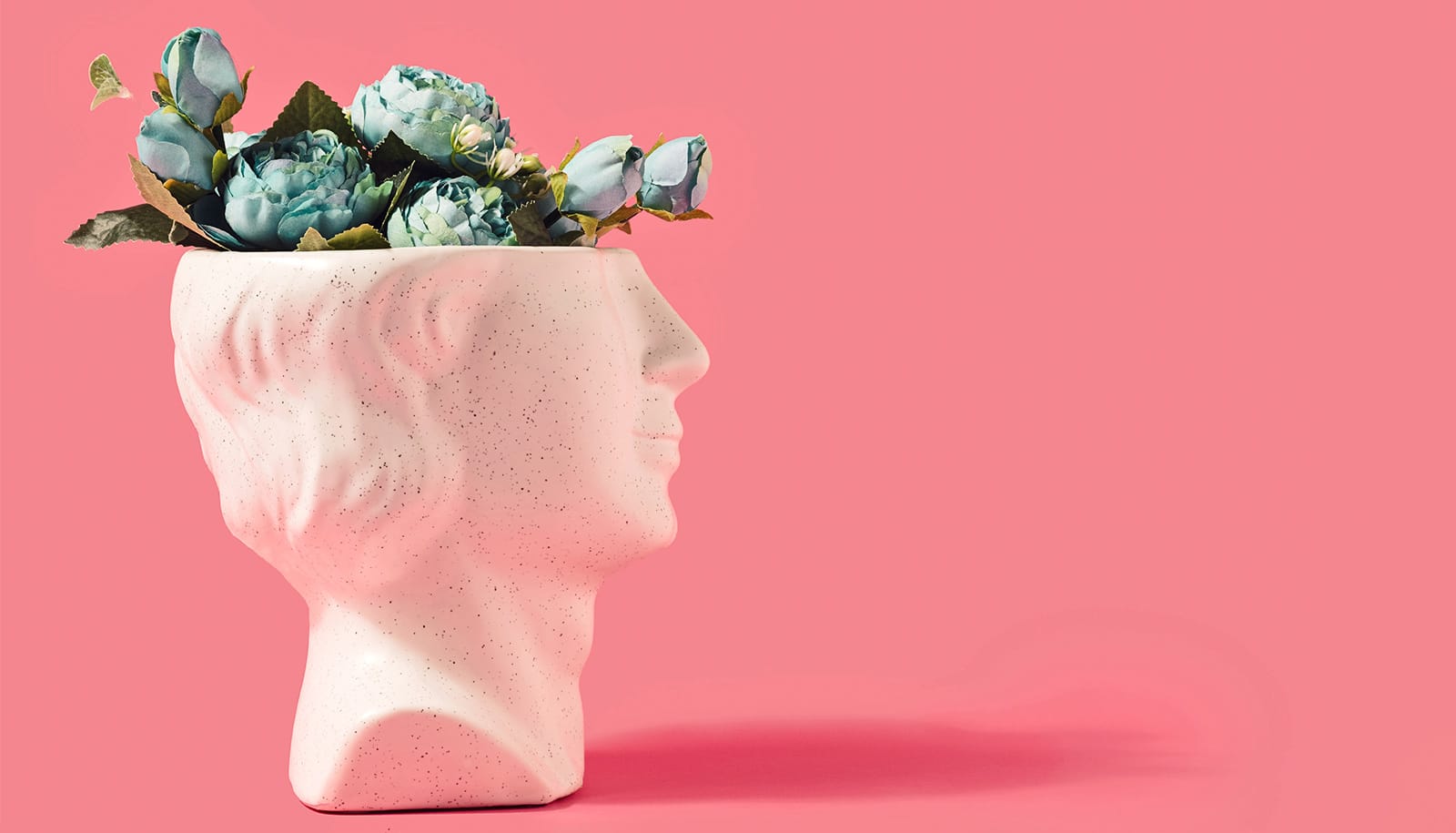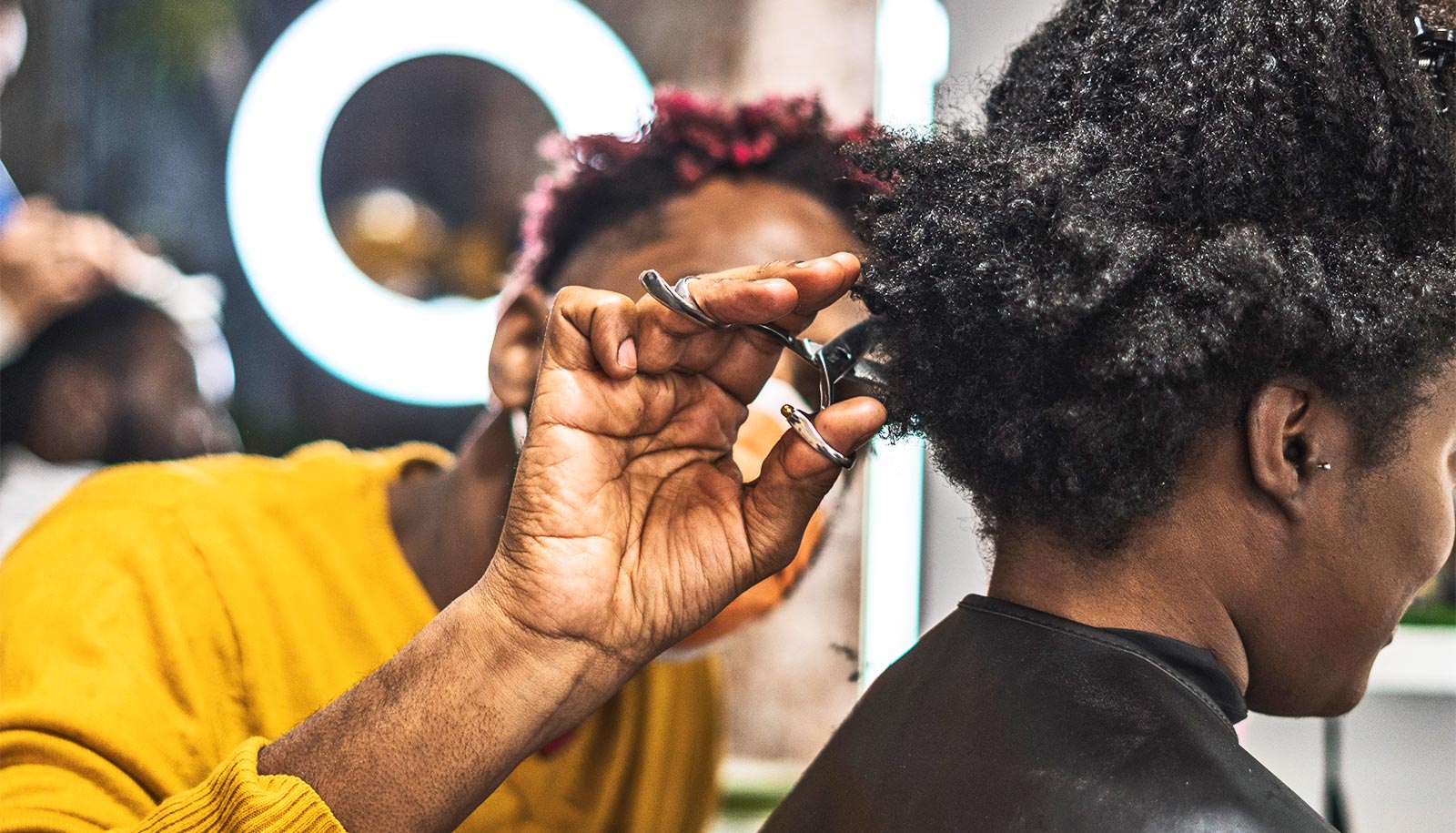Hair analysis can be an effective way to get information about drug use, both intentional and unintentional. And it can help identify substances emerging in the drug market.
Researchers studying new psychoactive substances (NPS) collected hair samples from 80 young adults outside of New York City nightclubs and dance festivals, from July through September of 2015. Hair samples were tested for 82 drugs and metabolites. The results show a range of drugs, including some that analysts found alarming.
According to the Drug Enforcement Agency (DEA), NPS describes a recently emerged drug that may pose a public health threat. The DEA issues a quarterly Emerging Threat Report, which catalogues the newest identified NPS.
NPS tend to mimic the psychotropic effects of traditional drugs of abuse, but their acute and chronic toxicity, and side-effects are largely unknown. While seizure data from the DEA is often used to indicate what new drugs are being sold in the US, there is a lack of research examining and confirming who has been using such drugs.
Joseph J. Palamar, a New York University researcher, has been researching incidental and intentional use of NPS by young adults. His current line of inquiry has focused on survey methods, qualitative interviews, and hair sampling to ascertain frequency and type of NPS use by nightclub-goers—a demographic which traditionally has a relaxed view towards recreational drug experimentation and use.
Molly and bath salts
NPS are common adulterants in drugs such as ecstasy (MDMA), which has seen an increase in popularity since it became marketed as “Molly”. Ironically, “Molly” connotes a product that is pure MDMA. In a related study, Palamar and his team found that four out of ten nightclub/festival attendees who used ecstasy or “Molly” tested positive for “bath salts” despite reporting no use.
In their current study, Alberto Salomone, an affiliated researcher at the Centro Regionale Antidoping e di Tossicologia in Italy, and Palamar used ultra-high performance liquid chromatography–tandem mass spectrometry to analyze the hair samples.
Higher drug use among teens who go to raves
“Hair analysis represents a reliable and well-established means of clinical and forensic investigations to evaluate drug exposure,” says Salomone. “Hair is the most helpful specimen when either long-time retrospective information on drug consumption is of interest.
“Most NPS can no longer be detected in urine, blood, or saliva within hours or days after consumption, but hair is particularly beneficial because many drugs can be detected months after use.”
The results
Of the eighty samples, twenty-six tested positive for at least one NPS—the most common being a “bath salt” (synthetic cathinone) called butylone (present in twenty-five samples). The “bath salts” methylone and even alpha-PVP (a.k.a.: “Flakka”) were also detected.
The researchers find the presence of Flakka alarming as this drug has been associated with many episodes of erratic behavior and even death in Florida. Other new drugs detected included new stimulants called 4-FA and 5/6-APB.
“We found that many people in the nightclub and festival scene have been using new drugs and our previous research has found that many of these people have been using unknowingly,” says Palamar.
Find the full results of the study in the Journal of Analytical Toxicology. The National Institutes of Health supported the project.
Source: New York University



